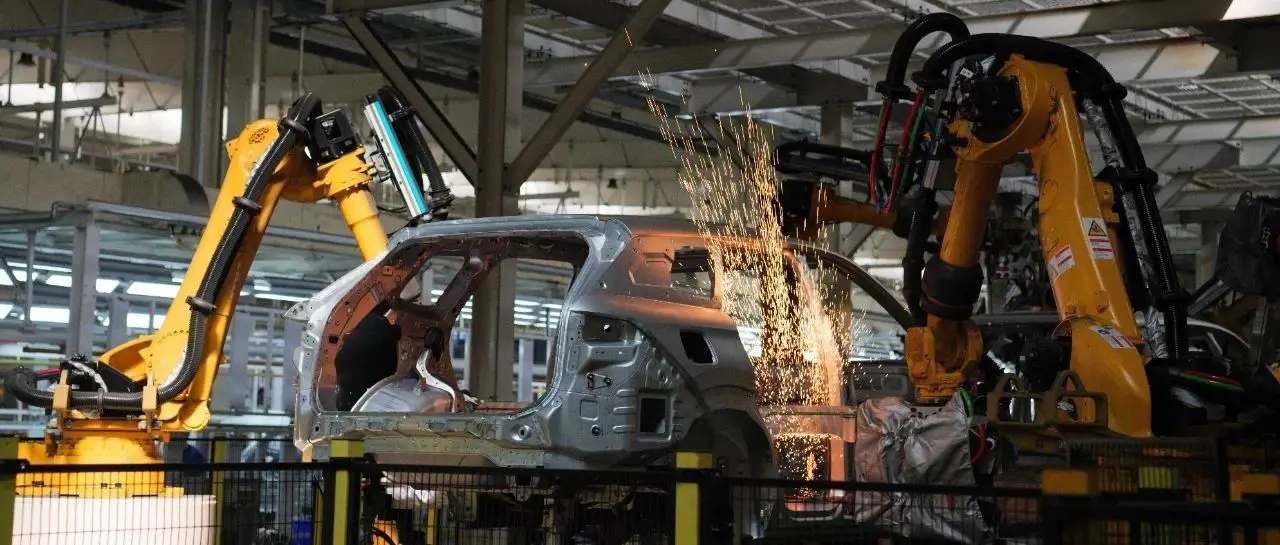Over 1 trillion yuan! In 2023, China strongly supported technological innovation and the development of the manufacturing industry.

Data released by the State Administration of Taxation shows that in the past year, the main policies supporting technological innovation and the development of the manufacturing industry have resulted in tax reductions, fee cuts, and tax refunds amounting to billions of yuan, accelerating the cultivation of new productive forces and promoting high-quality development in the manufacturing sector.
By policy type, tax reductions and fee cuts, as well as tax refunds, amounted to billions of yuan for policies supporting increased investment in technology and the transfer of research and development results, such as additional deductions for R&D expenses. Policies aimed at tackling "bottleneck" issues and attracting and nurturing scientific and technological talent, including additional VAT deductions for integrated circuit and industrial machine tool enterprises, resulted in billions of yuan in tax reductions and fee cuts. Policies supporting the cultivation and development of high-tech enterprises and emerging industries, such as the reduction of corporate income tax rates for high-tech enterprises, led to billions of yuan in tax reductions. Policies supporting equipment renewal and technological transformation resulted in billions of yuan in tax reductions. Policies promoting high-quality development in the manufacturing sector, including additional VAT deductions and tax refunds for advanced manufacturing enterprises, resulted in billions of yuan in tax reductions, fee cuts, and tax refunds.
Under the influence of a series of policy measures such as structural tax and fee reduction policies, the capacity for technological innovation continues to strengthen. Value-added tax invoice data shows that the sales revenue of high-tech industries in the year grew faster than the national average by several percentage points, reflecting rapid growth in innovative industries; the sales revenue from national scientific and technological achievement transformation services increased by several percentage points year-on-year, faster than the growth rate of high-tech service industries, indicating that scientific research results are being converted into actual productivity more quickly; the core industries of the digital economy grew by several percentage points year-on-year, and the amount spent by national enterprises on purchasing digital technologies increased by several percentage points year-on-year, reflecting the orderly advancement of the integration of digital and real economies.
With the support of tax incentives and other policies, China's manufacturing industry has been steadily developing. Value-added tax invoice data shows that in [year], the sales revenue of manufacturing enterprises grew [X] percentage points faster than the national average. Among them, the sales revenue of equipment manufacturing, digital product manufacturing, and high-tech manufacturing increased by [X]%, [X]%, and [X]% year-on-year respectively, indicating steady progress toward high-end and intelligent manufacturing.

